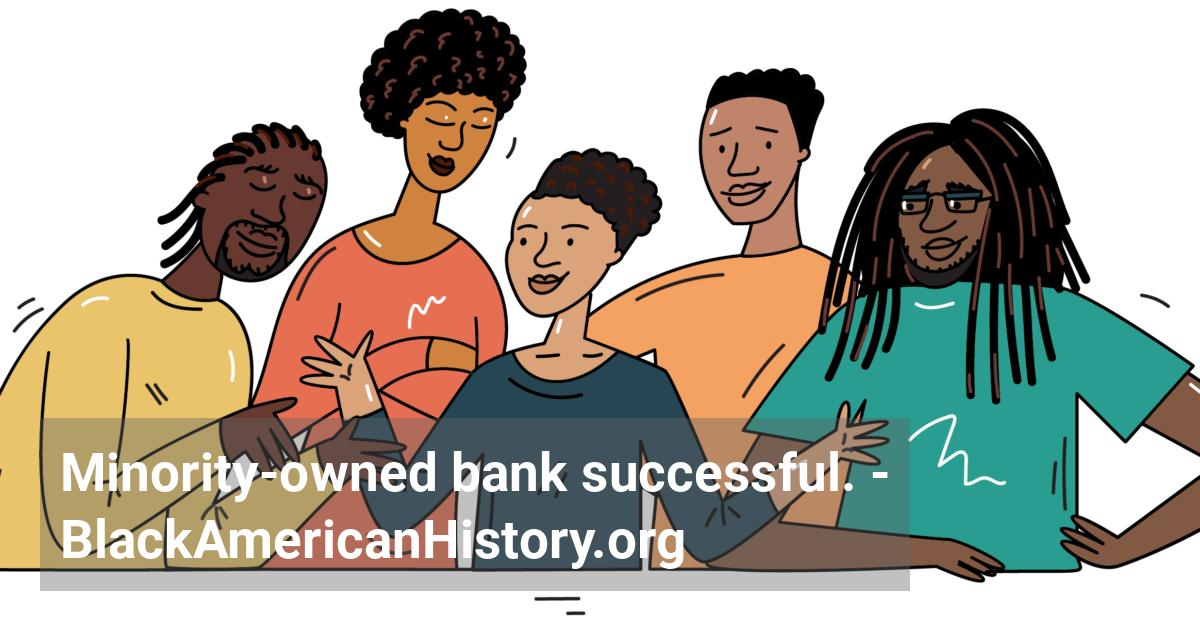Home / Full timeline / The United Bank of Philadelphia generates more than $5 million in deposits and $11 million in assets as a Black American-controlled commercial bank proving that Blacks could form a financial institution and succeed during tough economic times.
 The United Bank of Philadelphia generates more than $5 million in deposits and $11 million in assets as a Black American-controlled commercial bank proving that Blacks could form a financial institution and succeed during tough economic times.
The United Bank of Philadelphia generates more than $5 million in deposits and $11 million in assets as a Black American-controlled commercial bank proving that Blacks could form a financial institution and succeed during tough economic times.
1992 (Jun)
Two months after it opened, the United Bank of Philadelphia was generating more than $5 million in deposits and $11 million in assets, with more than 3,800 depositors. The city's first Black American-controlled commercial bank since 1956 became living proof that Blacks could form a financial institution and succeed during tough economic times. The bank had become a reality after it turned to the community for the support it needed. Emma C. Chappell, chairperson and chief executive officer, said the bank met some opposition when it tried to sell stock. "They said we couldn't sell stock for a minority bank. So, we created our own market and sold stock directly through the bank's board of directors." United reached its $6 million goal. More than $2.8 million of it came from churches, sororities, fraternities, and individuals. The board itself contributed $600,000, and the balance came from high profile investors such as Mellon Bank and the Provident Mutual Life Insurance Company. Chappell believed that United was a vital facility because Philadelphia's largest banks were not serving the Black community. A recent study revealed that the city's six largest bank loaned more than $297.7 million to resident mortgage seekers. Only $8.9 million of that, however, went to people in predominantly Black neighborhoods.
References:
- • Hornsby, Alton. Chronology of African-American History: Significant Events and People from 1619 to the Present. Detroit: Gale Research, 1995.
